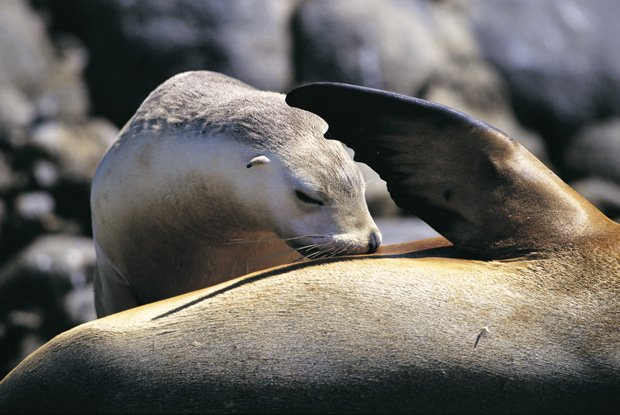Photography tips: choosing your subject

FINDING GOOD SUBJECTS, whether it be a landscape, a person or activity, is key. Travel and adventure imagery is about portraying people and places, but it is also about creativity. You need to be inventive with your imagery and draw in viewers.
Firstly you must understand that what’s interesting to you may not appear interesting to those who view your images. Why? Because the viewer is not ‘seeing’ what you see.
Before you take a photo ask, “Why does this scene appeal to me?” Whatever your answer, this is what you need to accentuate in the photo. It could be expression, colour, contrast or it could be the soul and feeling… the ambiance of a scene.
If you cannot relate that to your viewers, they will not ‘get it’. Sometimes you need to search out your subjects. Good photographers are constantly soaking up their surroundings looking for a subject, an interesting angle or unique perspective.
Finding good photography subjects
“Creative skills are key – find the cool angles, approach the most photogenic people, learn other languages so you can speak to the locals, find ways to make people smile, be friends with people on the street, try new photo processes and looks, shoot black and white,” Nathan suggests.
“Once I was photographing Chung King Mansions in Hong Kong for Life Magazine. I spent days trying to sneak up on the roof before dawn to photograph the Nepalese drug dealers who live up there, but was never successful. It was just too dicey. Then one day I was walking down the dirty corridors and found a group of them sitting there. I said ‘hey’, we smoked a cigarette and I told them what I was doing. One of the older ones looked at me and said, ‘Do you want to see what really goes on in this place?’ With that one interaction, I was in and scored some great shots.”
On the other hand, sometimes your subject is staring you in the face and you just need to get creative. “I love images with unique angles or a fresh take on a well-covered subject,” American adventure photographer Mike Tittel says. “The best travel/adventure photos in my mind are those that give a great sense of place and show the activities at hand in a different way than I have seen before.”
It also helps to build a sense of story in your mind and ensure your photography portrays that. Look for details that will add to your photos: weathered faces, close ups of food, or distant vistas. And finally, eliminate everything that does not need to be in the photo. If the photo is a portrait, wait until the person walking in the background has passed, if it is a landscape, compose to crop out the power lines.
The KISS rule (keep it simple stupid) also applies to photography.
Freezing action in photographs
When photographing fast-moving subjects, the general rule is a shutter of 1/250th sec is the minimum usable shutter speed to freeze action. For fast sports you are probably looking at closer to 1/500th or 1/1000th sec.
Panning in photographs
Sometimes the best way to separate a subject from a background is to pan the photo and blur the background. To do this you will need a smooth panning technique with your left hand on the lens and the right hand on the camera and shoot at around 1/15th to 1/30th second.
RELATED STORIES

